Details
Genetrodes electrodes are paired, reusable, needle-style or L-shaped electrodes that are ideal for in vivo and in ovo electroporation applications, including drug and gene delivery. Genetrodes come in two styles—straight needle type gold tip electrodes with beveled ends or bent L-shaped electrodes with blunt ends. Each style comes as a pair of electrodes.
Genetrodes can be positioned in parallel at a predetermined gap within a tissue using the Genetrode Holder. Genetrodes may be cleaned with a mild detergent and sterilized with ethanol or ethylene oxide. Properly maintained Genetrodes have a life span of approximately 1500+ pulses, and are compatible with most BTX Electroporation Systems.
GENERAL APPLICATIONS
These Genetrodes may be used for many in vivo and in ovo electroporation applications, including drug and gene delivery. The electrodes are either inserted into a tissue or placed alongside the target tissues following injection of the molecule of interest, an electroporation pulse is delivered using a BTX Electroporation System, such as the ECM 830, ECM 2001+, Legacy ECM 2001, or Gemini X2. The electric field introduced by the Genetrodes causes transient pores to form in the cells of the tissue, allowing uptake of the molecules into the cells.
IN VIVO APPLICATIONS (using various types of Genetrodes)
The straight sharp electrode tip 5 mm or 10 mm is a general in vivo electrode. They have been used for a variety of applications. Eide et al. used the Genetrodes along with the ECM 830 to introduce plasmid DNA into free swimming embryonic Xenopus laevis.2 Dean et al. used the Genetrodes on mouse cornea, which resulted in a 30-fold higher expression than that obtained with Lipofectin.3 Murphy et al. used the Genetrodes with ECM 830 to introduce plasmid DNA into a mouse cerebellum, where he concluded that electroporation is a viable means of transferring genes to the central nervous system.
IN OVO APPLICATIONS (using the L-shaped Genetrodes)
These electrodes are ideally suited for in ovo gene transfer studies. Kos et al. used the L-Shaped Genetrodes to successfully introduce gene expression and morpholino antisense oligonucleotides in ovo1 and Paquette et al. used these L-Shaped Genetrodes to drive plasmid DNA into the neural tube of a developing egg in which widespread gene expression was observed.5
REQUIRED CABLES
| Required for connection to Gemini X2 and ECM 830 | |
| 45-0216 | Micrograbber to Banana Plug Connection Cables, 10 ft |
| Required for connection to ECM 2001+ | |
| 45-0087 | Micrograbber to Banana Plug Adapter Set |
| 45-2057 or 45-2058 | ECM 2001+ HV Output Cable, 5 ft or 10 ft length |
| Required for connection to Legacy ECM 2001 | |
| 45-0216 | Micrograbber to Banana Plug Connection Cables, 10 ft |
| 45-0088 | Female/Female Adapter Set for Banana Plug Cables |
| 45-0083 | Coaxial to Banana Plug Cables, Red and Black, 10 ft |
USE OF GENETRODES WITH THE GEMINI X2 AND ECM 830 ELECTROPORATION SYSTEMS
In this example, the Gemini X2 generator is connected using the sequence of cables and adapters illustrated below, then connected to Genetrodes Electrodes.
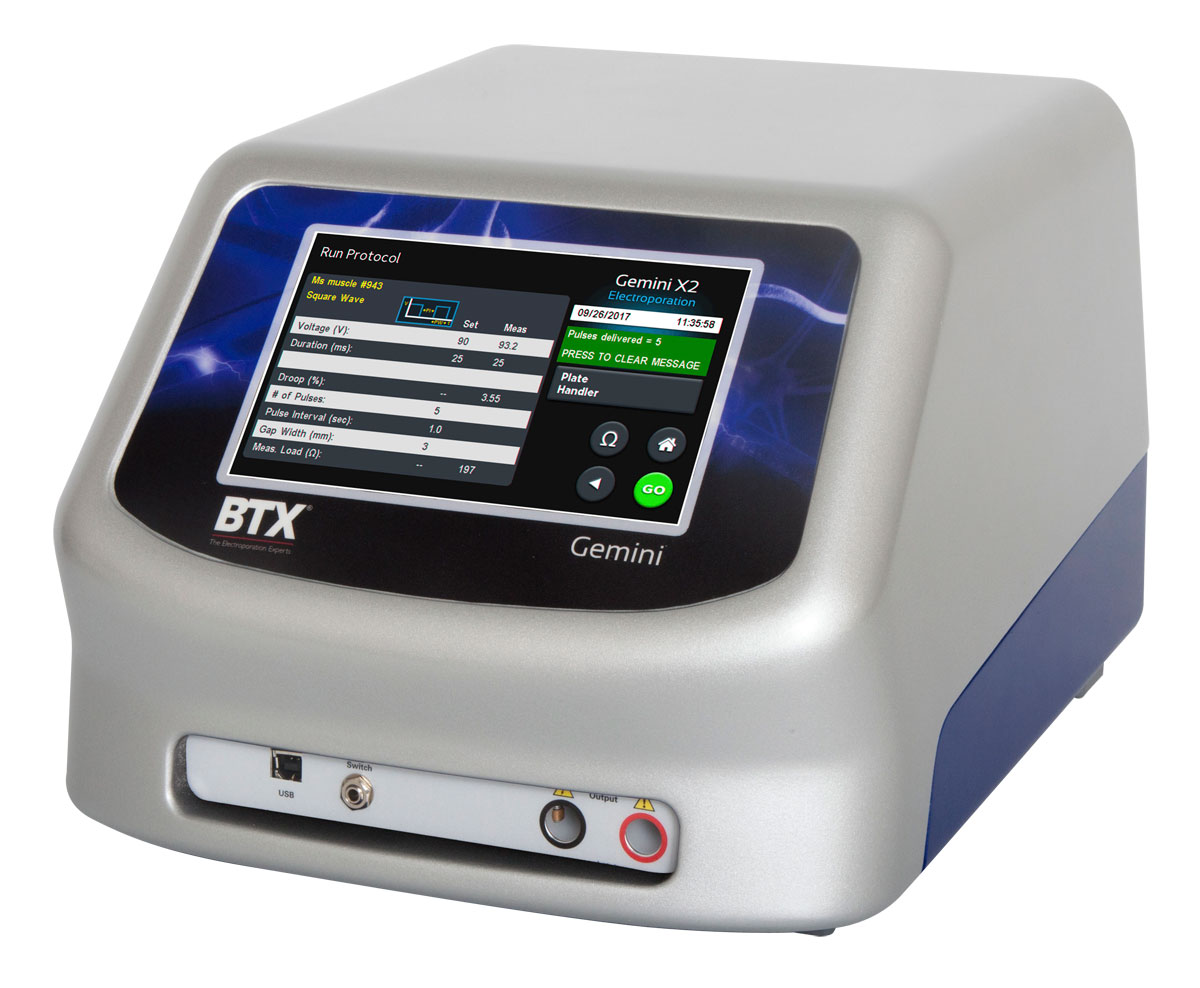 |
+ | 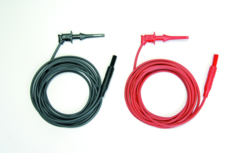 |
|
| Gemini X2 System | 45-0216 Micrograbber Cables + Genetrodes Electrodes |
USE OF GENETRODES WITH THE ECM 2001+ ELECTROFUSION & ELECTROPORATION SYSTEM
In this example, the ECM 2001+ generator is connected using the sequence of cables and adapters illustrated below, then connected to the Genetrodes Electrodes.
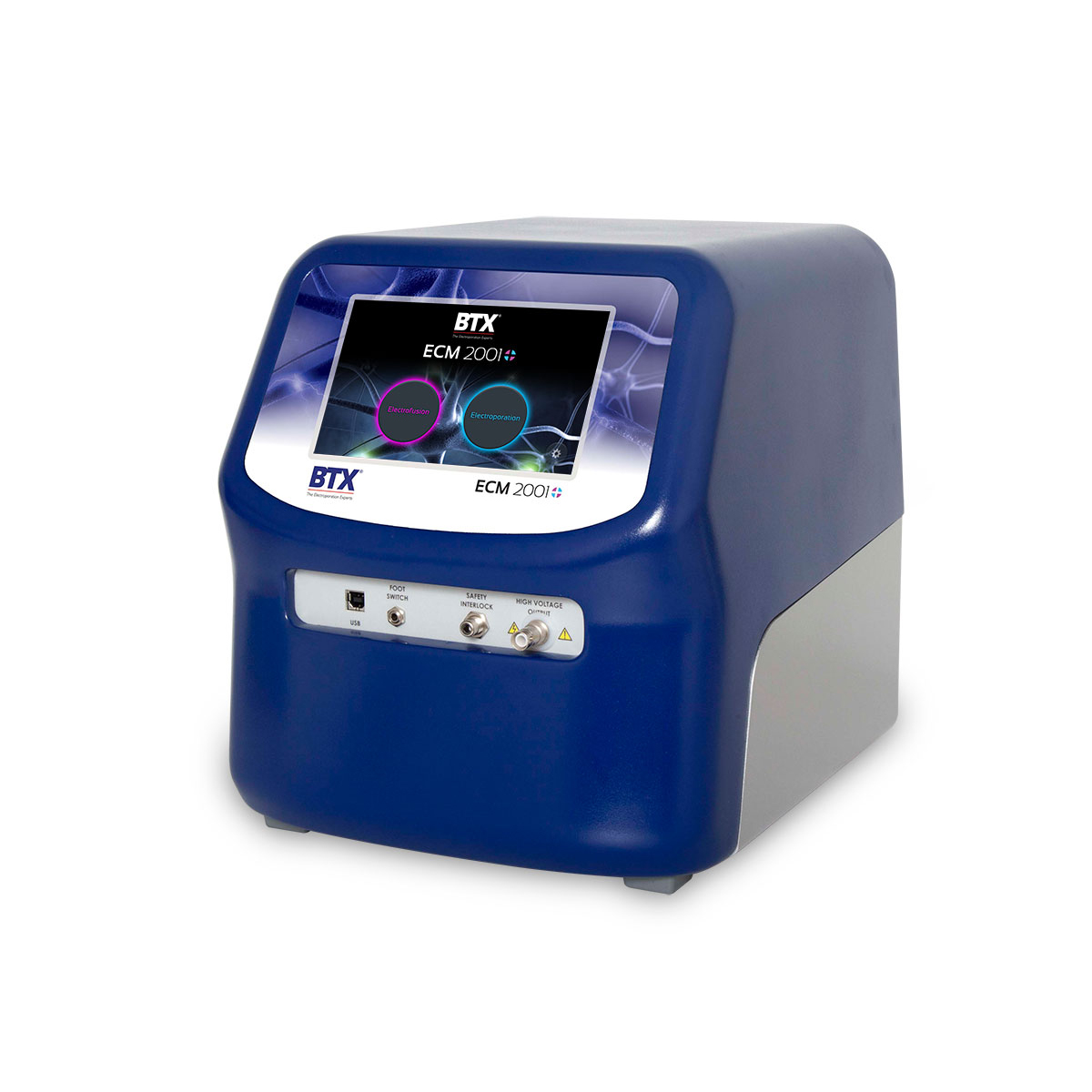 |
+ | 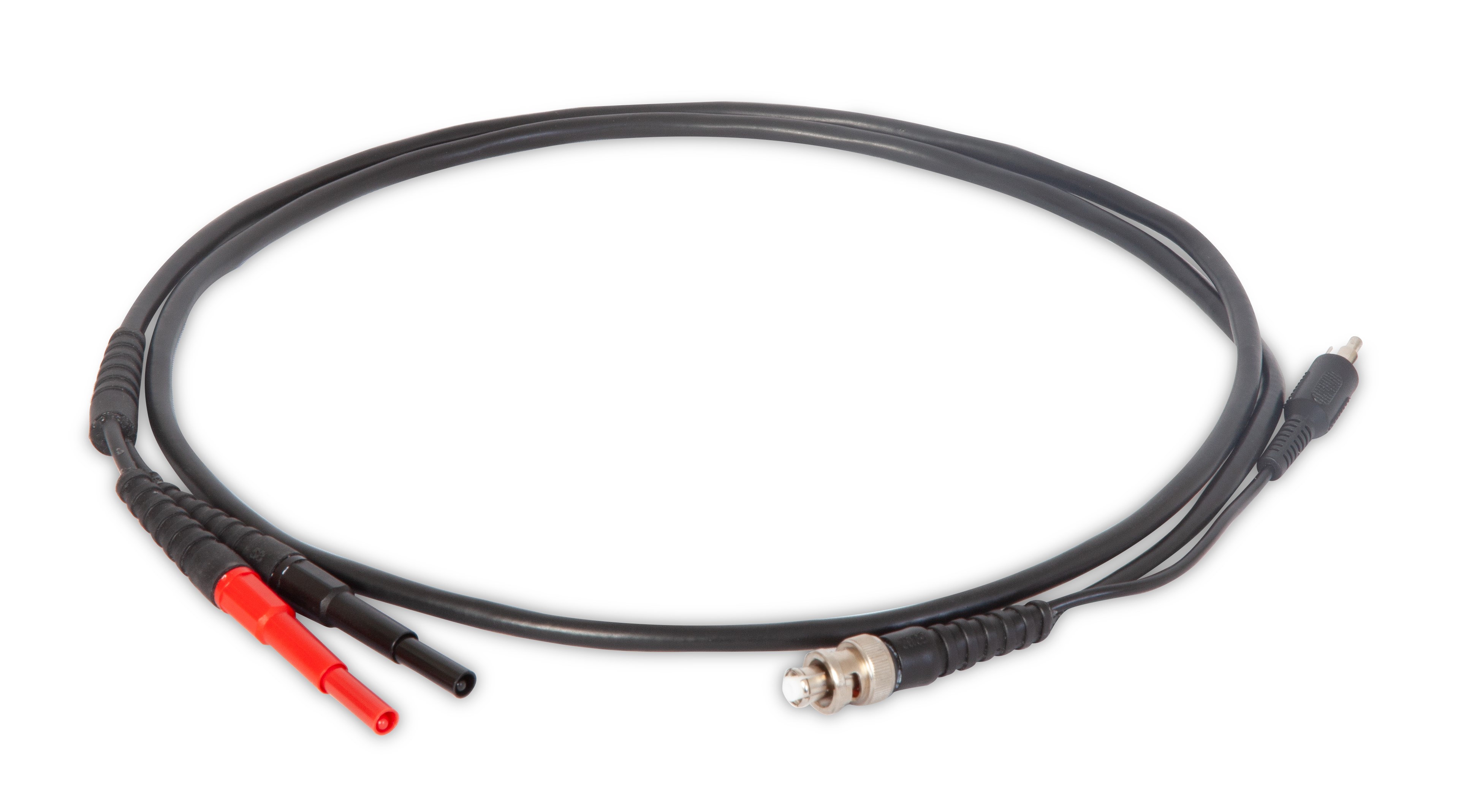 |
+ | 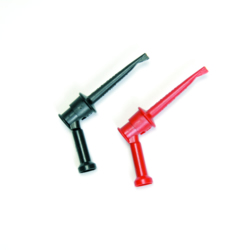 |
| ECM 2001+ System | 45-0087 Micrograbber Adapters + Genetrodes Electrodes |
USE OF GENETRODES WITH THE LEGACY ECM 2001 ELECTRO CELL FUSION & ELECTROPORATION SYSTEM
In this example, the Legacy ECM 2001 generator is connected to the Genetrodes Electrodes using the sequence of cables and adapters illustrated below.
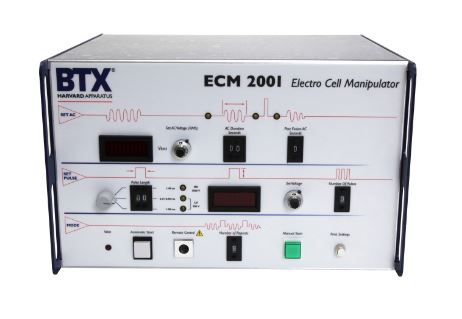 |
+ | 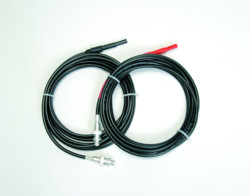 |
+ | 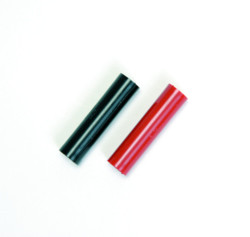 |
+ |  |
| Legacy ECM 2001 System | 45-0083 Coaxial Cables | 45-0088 Female/Female Adapters | 45-0216 Micrograbber Cables + Genetrodes Electrodes |
| Generator Compatibility | ECM 830, ECM 2001+, ECM 2001, and Gemini X2 |
| Voltage Range | 0 to 200 VDC |
| Pulse Length Range | 10 μs to 99 ms |
| Diameter | Electrode tip 0.5 mm |
| Genetrode Holder | |
| Electrode Gap | 1 to 10 mm range |
| Life Span | Approximately 1500 pulses |
- In vivo gene delivery
- Ex vivo gene delivery
- In ovo gene delivery
| Item # | Product |
|---|---|
| 45-0087 | ECM 2001 Adapter Set, Micrograbber to Banana Plug Cables |
| 45-0217 | ECM 2001 Banana to Banana Cables, Red and Black, 10 ft (for use with 45-0108 Flat Electrode) |
| 45-0216 | ECM 2001 Micrograbber to Banana Plug Connection Cables, Red and Black, 10 ft (for use with microslides, genetrodes and tissue petri dish) |
| 45-0089 | ECM 830 Square Post Adapters to Banana Plug Cables 45-0217 |
| 45-0203 | Genetrode/Genepaddle Holder |
REFERENCES
1. Kos et al., Development, 128: 1467-1479 (2001).
2. Eide et al., FEBS Letters, 486: 29-32 (2000).
3. Dean et al., The Journal of Gene Medicine, 4: 92-100 (2002.)
4. Murphy and Messer, Molecular Therapy, 3 (1): 113-121 (2001).
5. Paquette et al., PNAS, 97: 12318-12323 (2000).


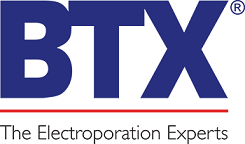
 800-272-2775
800-272-2775
